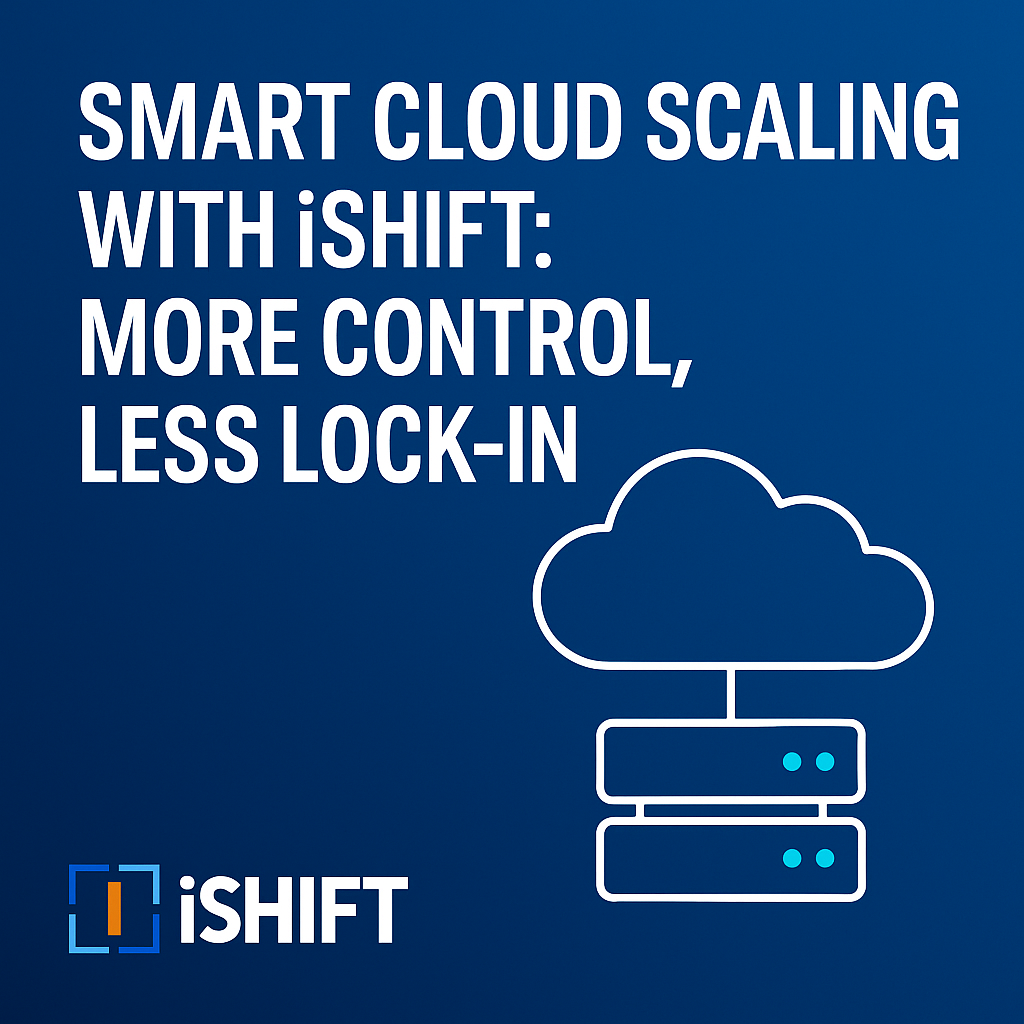For decades, identity management (IDM) was viewed as a backend IT function, just another piece of infrastructure responsible for managing who gets access to what. You had a username, a password, and maybe an IT helpdesk to reset it when things went wrong. But in today’s digitally connected and threat-laden world that model no longer cuts it.
Identity has moved to the center of the security conversation. With data breaches, ransomware, and phishing attacks now targeting users more than servers, managing digital identity has become the first, and often last, line of defense against cyber threats.
The Old Way of Managing Identity Is Broken
Traditional identity systems were built for a different era: one with clear network boundaries, a known set of users, and limited access points. But the technological advancements that came with lightning speed in the last decade have eliminated that perimeter. Cloud applications, mobile devices, remote workers, and third-party integrations have created a sprawling digital ecosystem that legacy identity systems were never designed to handle.
The problem? Most security incidents now stem from compromised identities. Whether it’s a reused password leaked on the dark web, or a phishing link that tricks an employee into giving up their credentials, attackers know that the easiest way into a system is through people, not firewalls.
Identity Is the New Security Perimeter
This shift has given rise to a new mantra in cybersecurity: “Identity is the new perimeter.” Instead of focusing on securing physical networks, organizations are investing in systems that verify who someone is and what they should be allowed to do.
One of the most transformative frameworks in this space is Zero Trust, which assumes no user or device should be trusted by default. Every request for access is verified in real time based on identity, context, and behavior.
In this new paradigm, identity management plays a foundational role in
- authentication (proving who you are),
- authorization (ensuring you can access what you’re supposed to), and
- accountability (tracking what you do once inside).
Modern Identity Management: A New Toolkit
To keep up with today’s threat landscape, identity management has evolved into a sophisticated, layered system. Modern IDM includes:
- Multi-Factor Authentication (MFA): Adds a second or third step beyond just a password (e.g., an app prompt, biometric scan, or security token).
- Single Sign-On (SSO): Allows users to log in once and access multiple applications, improving security and user experience.
- Identity Federation: Enables trusted access across organizations or platforms using standards like SAML or OIDC.
- Privileged Access Management (PAM): Controls and audits access for users with elevated permissions—often the biggest targets for attackers.
- Identity Governance & Administration (IGA): Ensures users have the right level of access and that it’s reviewed, revoked, or modified over time.
- AI & Behavioral Analytics: Monitors user behavior to detect anomalies and prevent insider threats or account takeovers.
These tools aren’t just technical upgrades. They represent a cultural shift. Identity is no longer static. It’s dynamic, adaptive, and constantly verified.
Why Business Leaders Should Pay Attention
For non-technical stakeholders, identity management might sound like a problem for the IT department. But in reality, poor identity practices can lead to business disaster.
- Financial impact: Breaches tied to identity misuse can result in millions of dollars in losses, fines, and reputational damage.
- Regulatory compliance: Data protection laws (like GDPR, HIPAA, and CCPA) demand strict access control and user accountability.
- Operational agility: Effective identity systems enable faster onboarding, easier remote work, and more secure customer experiences.
Investing in modern identity management is not just a defensive move. Much more, it is a strategic advantage. It supports digital transformation by providing secure, seamless access to the tools employees, partners, and customers rely on.
How to Begin: Practical Steps for Organizations
Getting started doesn’t require a total overhaul. Organizations can improve identity management with a few targeted actions:
- Assess your identity maturity. Take stock of current systems, risks, and user behaviors.
- Enforce Multifactor Authentication (MFA). This is a baseline requirement in today’s world, especially for email, admin accounts, and VPN access.
- Adopt Zero Trust principles. Begin treating identity as the core of your access policies.
- Unify identity platforms. Reduce complexity to make it easier to manage and secure identities at scale.
- Prioritize the user experience. Security that frustrates people leads to workarounds and shadow IT.
Conclusion: Identity Is Everyone’s Business Now
Identity management has evolved from a back-office IT chore to a business-critical security layer. In a world where breaches are inevitable and users are everywhere, the ability to control and protect identity is the difference between resilience and risk.
The future of cybersecurity isn’t about building higher walls. It’s about knowing who’s inside the gates, watching what they do, and making sure they belong there.
Let’s schedule a 30-minute discovery call. We’ll walk through your current infrastructure, challenges, and collaboratively outline a pragmatic framework for modern identity management.



